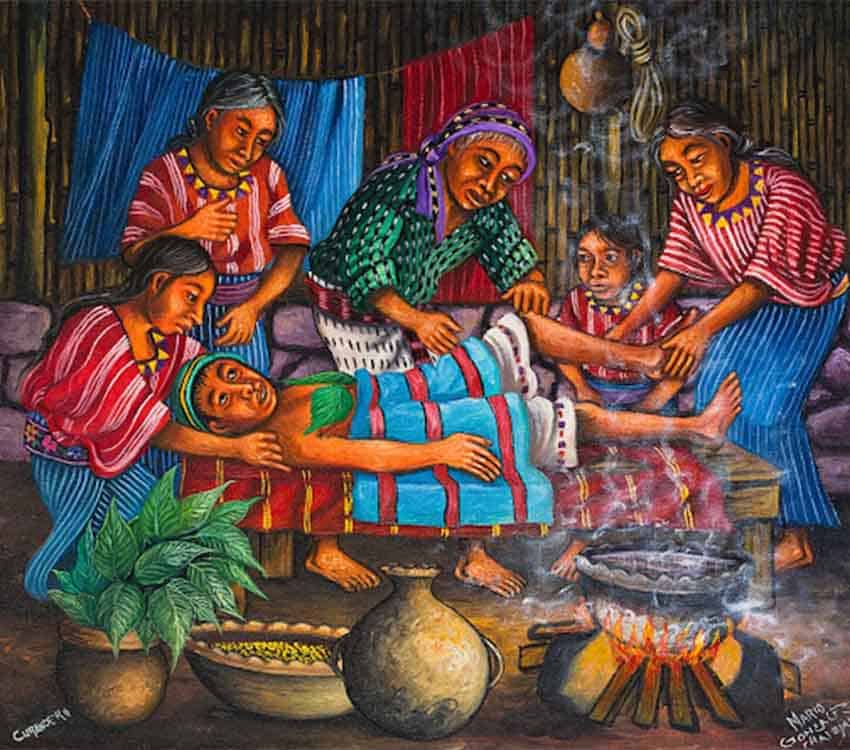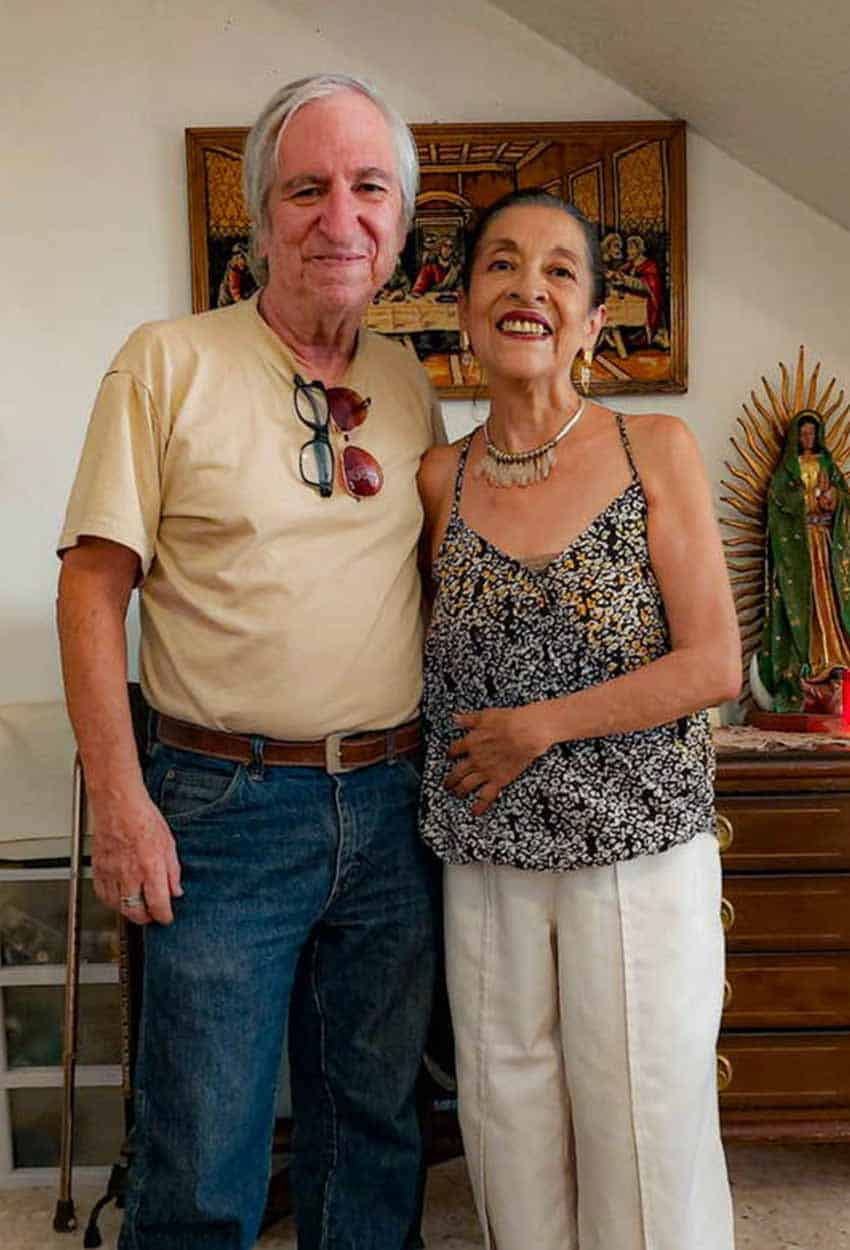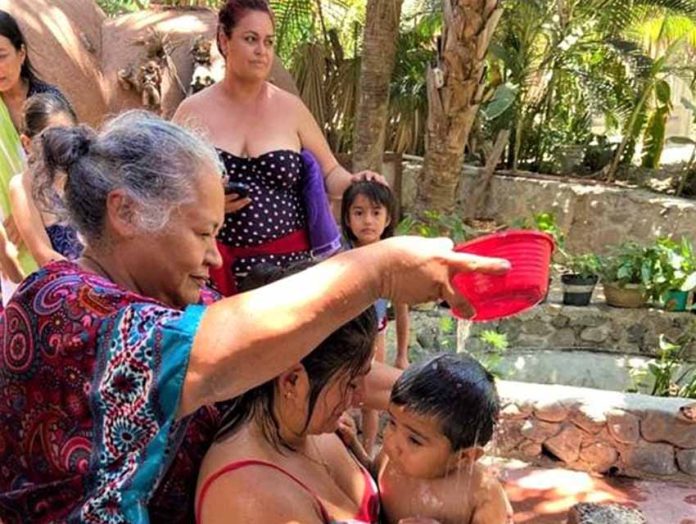In Mexico, long before there was modern medicine, there have been alternative healing practitioners, called curanderos, or shamans.
Their practice is sometimes referred to as complementary medicine – meaning that it can work well along with more mainstream scientific methods. However, some people, particularly modern health professionals, do not believe in or trust alternative healing practices, nor feel there’s sufficient scientific data to back up their claims.
In some rural communities, the services of a curandero are considered standard — and sometimes the only medical help available. Many swear by their methods as both natural and inexpensive compared to pharmaceuticals and mainstream hospital care. My close Mexican friends also use curanderos, though they do seek traditional medicine when warranted.
Over the years, I’ve had four opportunities to test whether curanderos in Mexico are indeed bonafide, albeit controversial, healers or scam artists.

The first time I visited a local curandero was a few years after I arrived in Mexico. At the time, I had had a steady run of “bad luck” for the past several months. My coworkers told me I needed to see Christian, a young man in his early 30s who was renowned for his healing powers and would be able to give me what they called a cleansing. Reluctant yet intrigued, I agreed to an appointment.
The healing center was a gravel yard surrounded by a chain-link fence, with a bed like you would see in a doctor’s examining room. A couple of outbuildings, from which the young shaman emerged, took up the rest of the area. To say I was prepared to high-tail it would be an understatement, but I resisted the urge and decided to see this through.
Christian introduced himself to me in Spanish and told me to lie down on the table face up. He then grabbed a pair of scissors and, leaning over me, cut the air with the blades while sucking in air and expelling loudly. I learned later that he was cutting away the bad spirits that had attached themselves to me, inhaling them and then spitting them out.
After what seemed like a long time, he had me sit up. He cracked an egg over my head and laid his hands on the top of it while speaking in what seemed to be a ritualistic way. It was strangely comforting (though a bit messy), and I could feel charged energy in his hands.
And then it was over.
I found two things interesting: later, I felt lighter, and also, over the next couple of weeks, my life did appear to get better; my string of bad luck seemed past me.
Psychosomatic? Perhaps, or maybe just wishful thinking. But weirdly, I felt that this young man was someone beyond the normal and that he possibly did have healing “gifts.” Many of my coworkers and the community certainly thought highly of him. Part of me wanted to believe, but I was also somewhat skeptical. Still, I found it to be an interesting and thought-provoking experience.
I met my second Mexican curandero several years later. I had moved to pick up something from the floor and became dizzy. No matter how hard I tried, I couldn’t straighten or even walk another step. My employer immediately took me to the hospital, and they gave me muscle relaxants and ordered bed rest for the next few days. But the excruciating muscle spasms did not get any better.

Two of my friends decided we should seek a curandero‘s help in Lázaro Cárdenas, a city two hours north of Zihuatanejo.
From my vantage place in the car’s back seat, I could see several people lining the riverbanks when we arrived, like a scene out of the film Deliverance. A very old and extremely wizened man greeted us and helped my friends carry me into one of the shacks.
A table took up the main room inside, but I noticed dishes, some canned food and a small stove; the shack was also where the healer lived.
As I lay on the table, covered in a dirty sheet, I wondered how I had gotten into this situation again. The curandero began to massage my back and shoulders with probably the foulest smelling paste I’d ever encountered. He spoke incantations.
Miraculously, I exited that shack on my own — to the surprise of my friends awaiting me.
I cannot explain why this worked and why the drugs doctors gave me in Zihuatanejo didn’t. Some would say it was because I believed it would work, but nothing could be further from the truth. I had only agreed to the visit to appease my friends.
I was told to wear the smelly paste he’d rubbed on me for three more days before washing — a small price, I felt, for being pain-free.
My third visit with a curandero was at a temezcal in Playa Larga just outside Zihuatanejo with curandera Lupita Maldonado, well-known in the area for her Sunday gatherings. Like at sweat lodges north of the border, I experienced a lessening of my arthritic pain for two weeks following a session.

My fourth experience was while visiting my friend Melba in the city of Morelia, Michoacán. Over coffee, I mentioned that my hands were becoming deformed from rheumatoid arthritis. She told me her parents healed with magnets. Intrigued, I let her make me an appointment for that same evening. I felt there was no downside in giving it a shot. To cause any harm at all, you would need a much more powerful magnet than they would use on me.
They put magnets on my arms, legs, stomach and more and murmured words I couldn’t quite hear. Melba’s father, Arturo, clicked my heels together at intervals, something reminiscent of what my chiropractor does in Canada. Melba’s mother, also named Melba, placed more magnets on my body as I drifted in and out of a dreamlike state.
After what I later learned was almost three hours, they removed the magnets, and I sat up. The strangest feeling of electricity flowed down my arms and legs, giving me a sense of lightness. Arturo and Melba explained what I could expect over the next 21 days, including lightness in my whole body.
They also correctly diagnosed the extreme stress I’d been under over the last few years and explained that much of my illness stemmed from that.
The last thing they said was that I would once again be able to play the guitar, a former hobby. Although the magnets wouldn’t reverse the deformities in my fingers, they would halt further deterioration, they said.
It’s only been a few days since treatment, but I close my fists easier than before and there’s far less pain. Is this a placebo? A cure? Only time will tell.
I’d encourage people to open their minds to curative powers of mind and body working in harmony — not as an alternative to modern medicine but perhaps as a complementary way to create health and well-being.
As rocker Steven Adler once said, “You can have all the riches and success in the world, but if you don’t have health, you have nothing.”
The writer divides her time between Canada and Zihuatanejo.
